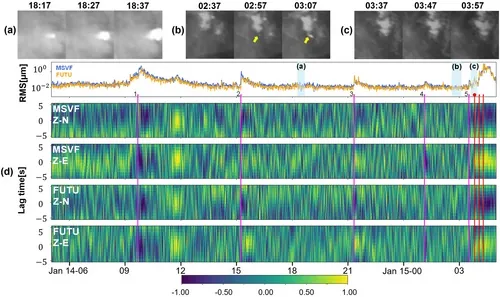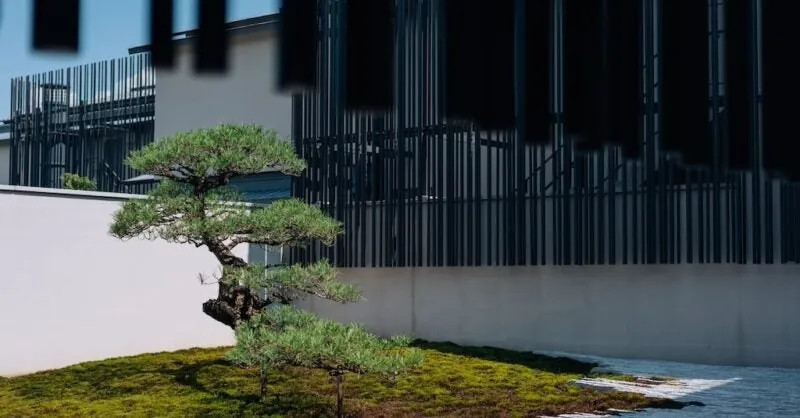
Groundbreaking Discovery: 15-Minute Warning Before Tonga's Volcanic Catastrophe!
2024-11-21
Author: Li
Introduction
On January 15, 2022, the undersea volcano Hunga Tonga-Hunga Ha'apai erupted with unprecedented fury, marking one of the most powerful volcanic events of the 21st century. But what if I told you that scientists were given a crucial 15-minute warning before this explosion occurred? A recent study reveals that seismic waves, detected by a station 750 kilometers away, foreshadowed the eruption, making this one of the first instances of such a precursor signal being recorded.
Hunga Tonga-Hunga Ha'apai: A Geological Overview
Hunga Tonga-Hunga Ha'apai, situated in the South Pacific Ocean, is an undersea volcano where magma from the Earth’s mantle escapes through vents in the ocean floor. Most volcanic activity on Earth occurs in the ocean, mainly along mid-ocean ridges and subduction zones, creating new oceanic crust. Some of these underwater giants grow so tall they breach the ocean's surface, forming volcanic islands like Hawaii and Iceland, while simultaneously contributing to marine life by releasing essential minerals and gases.
The Eruption and Its Impact
The catastrophic eruption not only released a colossal plume of ash, gas, and vapor reaching over 50 kilometers into the atmosphere—which is a world record—but also triggered tsunamis affecting coastlines from Japan to the Americas. The aftereffects of the eruption altered global weather patterns and radically increased stratospheric water vapor levels.
15-Minute Warning: A Groundbreaking Study
According to research led by Takuro Horiuchi from the University of Tokyo, seismic stations across the region identified waves approximately 15 minutes before the eruption's onset, initially documented at 04:00 UTC. This timing is critical for understanding the complex mechanics leading to such explosive volcanic activity. While local seismic stations were down, data from locations like Fiji and Futuna, 750 kilometers away, provided vital insights.
Detection of Seismic Waves
The detection of these waves—specifically Rayleigh waves, which integrate both compression and shearing movements—was groundbreaking. Offering a glimpse into seismic precursors of volcanic eruptions, it allows for better preparedness against future eruptions. The waves began to emerge around 03:45 UTC, offering a crucial window that scientists are now eager to analyze further.
Implications for Future Monitoring
If confirmed, this 15-minute warning could revolutionize how we monitor volcanic activity and prepare for potential disasters. As researchers delve deeper into this phenomenon, the implications could change our approach to seismic monitoring worldwide, potentially saving lives and mitigating disaster impacts in the future.
Conclusion
Stay tuned for more updates on volcanic activity and ground-breaking geological discoveries that could reshape our understanding of the Earth!



 Brasil (PT)
Brasil (PT)
 Canada (EN)
Canada (EN)
 Chile (ES)
Chile (ES)
 España (ES)
España (ES)
 France (FR)
France (FR)
 Hong Kong (EN)
Hong Kong (EN)
 Italia (IT)
Italia (IT)
 日本 (JA)
日本 (JA)
 Magyarország (HU)
Magyarország (HU)
 Norge (NO)
Norge (NO)
 Polska (PL)
Polska (PL)
 Schweiz (DE)
Schweiz (DE)
 Singapore (EN)
Singapore (EN)
 Sverige (SV)
Sverige (SV)
 Suomi (FI)
Suomi (FI)
 Türkiye (TR)
Türkiye (TR)